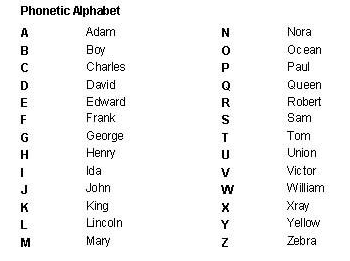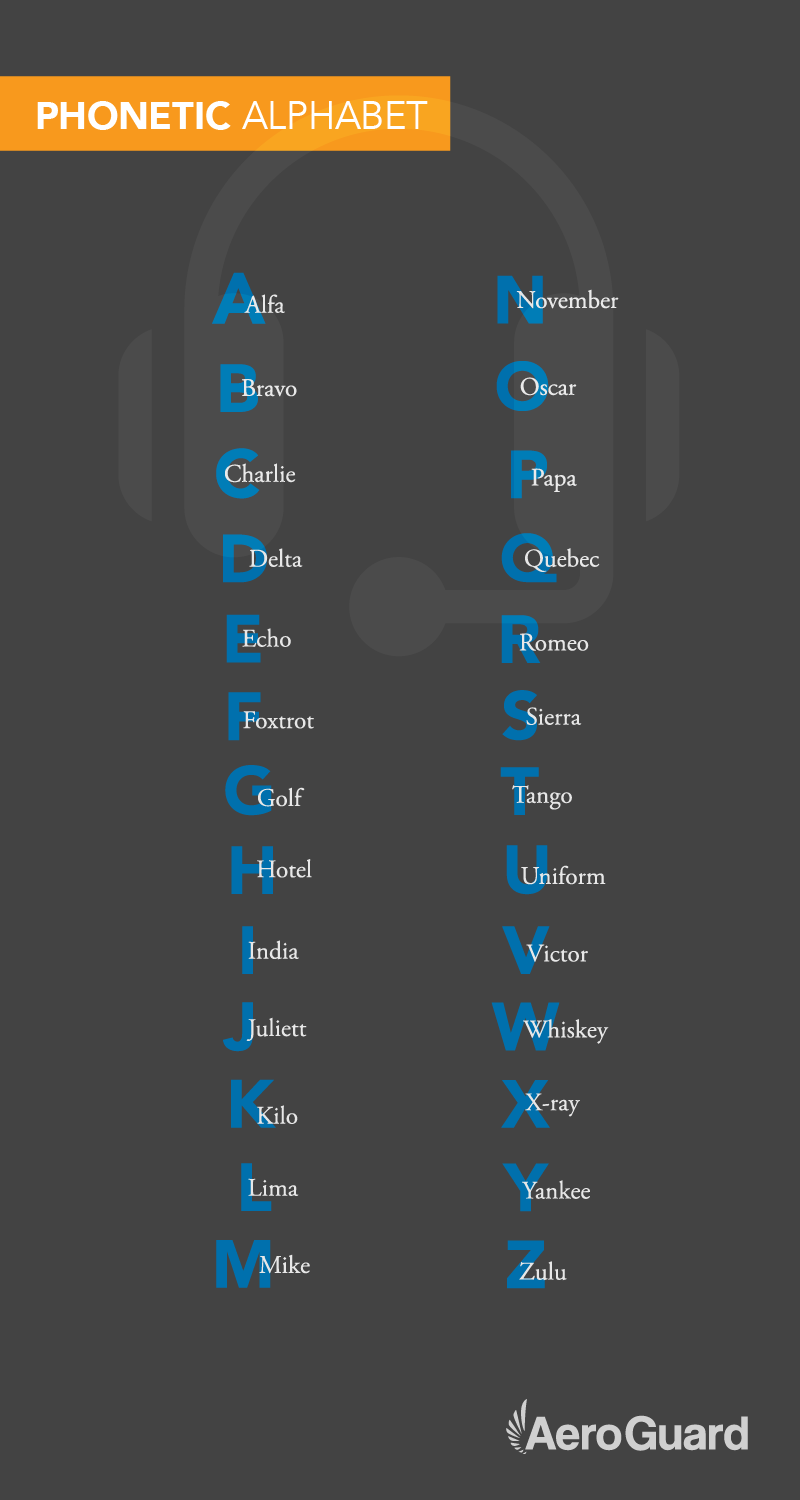

SEV-VEN (with a strong S and V and well-sounded VEN) VIE-YIV (with a long I changing to short and strong Y and V) TH-R-EE (with a slightly rolling R and long EE)įO-WER (with a long O and strong W and final R Law enforcement phonetic spelling alphabets The APCO radiotelephony spelling alphabet and its variations represent the letters of the English alphabet using words as follows: law enforcement radiotelephony spelling alphabets ĪPCO's Project 14 updated the definition of Ten-codes, and also adopted the international radiotelephony spelling alphabet for use by law enforcement nationwide.
#PHONETIC SPELLING ALPHABET POLICE LICENSE#
For example, the license plate "8QXG518" might be read by a civilian as "eight cue ex gee five eighteen" but with accuracy being paramount, the police dispatcher would say "eight queen x-ray george five one eight." Despite the development in 1941 of the Joint Army/Navy Phonetic Alphabet and its replacement, circa 1956, by the NATO phonetic alphabet (currently used by all NATO armed forces, civil aviation, telecommunications, and some law enforcement agencies), the LAPD and other law enforcement and emergency service agencies throughout the United States continue to use their traditional system.
#PHONETIC SPELLING ALPHABET POLICE PLUS#
The questionnaire solicited suggestions, but also included the existing Western Union and Bell Telephone word lists, plus another list then in general use by a number of police stations. The list was based on the results of questionnaires sent out by the Procedures Committee to all zone and interzone police radio stations. By this point, APCO President Herb Wareing "came out in favor of a standard list of words for alphabet letters, preferably suitable for both radiophone and radiotelegraph use." The APCO first suggested that its Procedure and Signals Committee work out a system for a "standard set of words representing the alphabet should be used by all stations" in its April 1940 newsletter.

2 Replacement with international spelling alphabet.


 0 kommentar(er)
0 kommentar(er)
